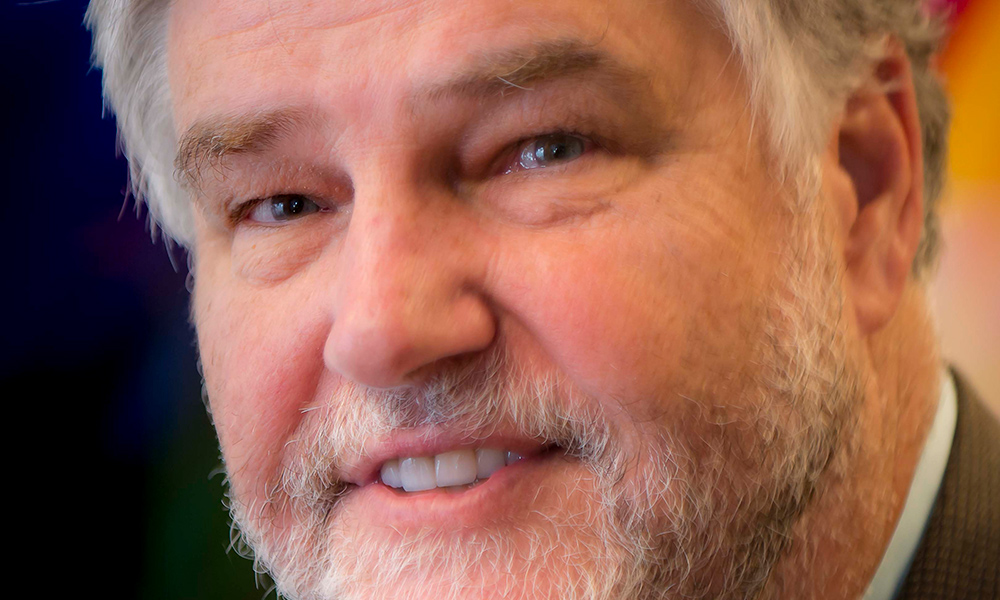
Michael Campbell to retire as director of the Laboratory for Laser Energetics
Campbell, who has attracted record funding for LLE during his four years as director, will step down in January 2022.
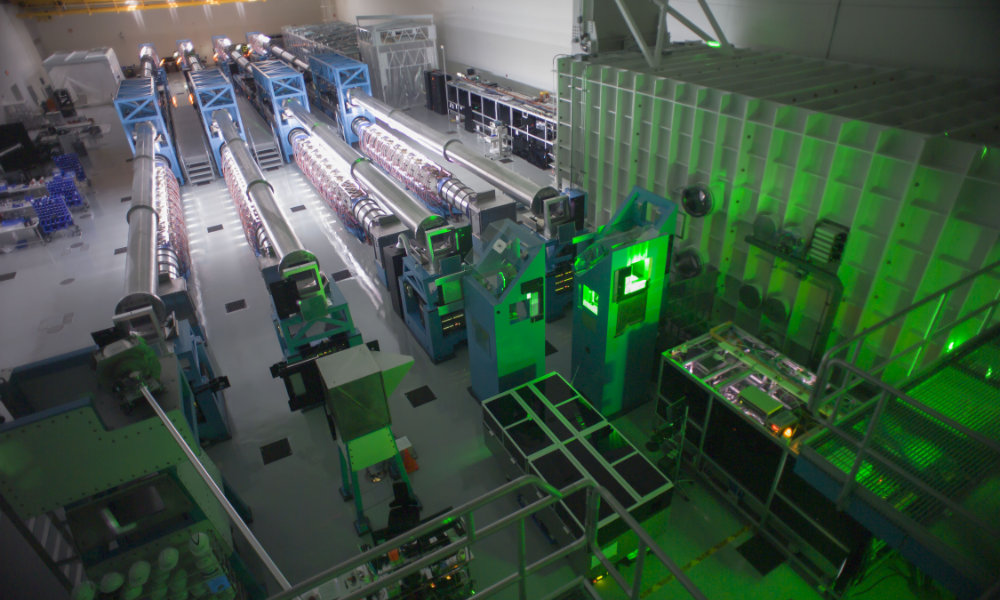
University expands access to OMEGA EP laser with Energy Department’s LaserNetUS initiative
The Department of Energy funding, distributed to the Laser Lab and other LaserNetUS institutions, will provide beamtime for researchers across the globe to conduct laser experiments using network facilities.
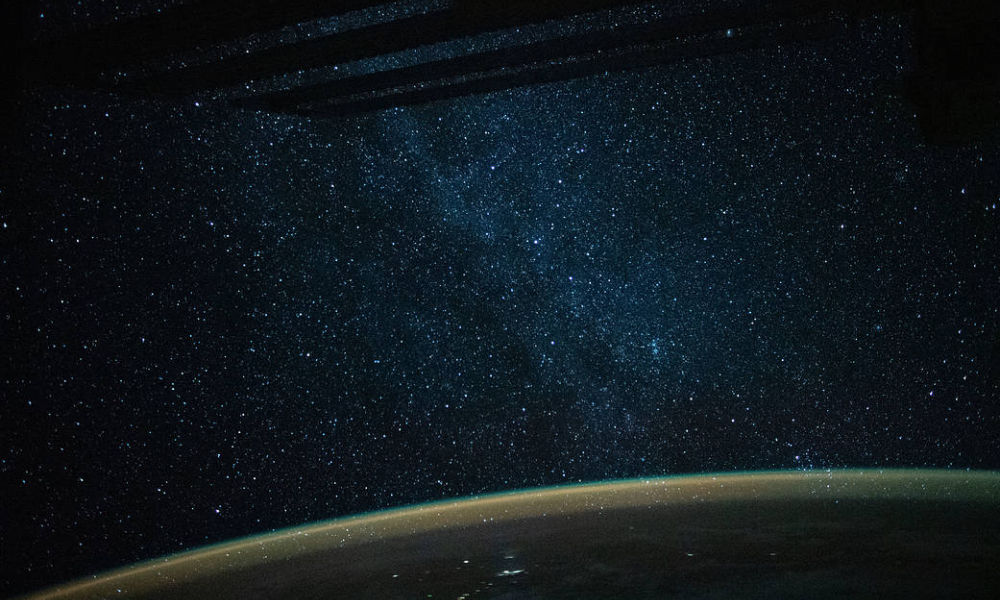
New laser technique will allow more powerful—and smaller—particle accelerators
Researchers at Rochester’s Laboratory for Laser Energetics have outlined a method to shape intense laser light in ways that could lead to tabletop experiments to probe the Higgs boson and explore the existence of extra dimensions.
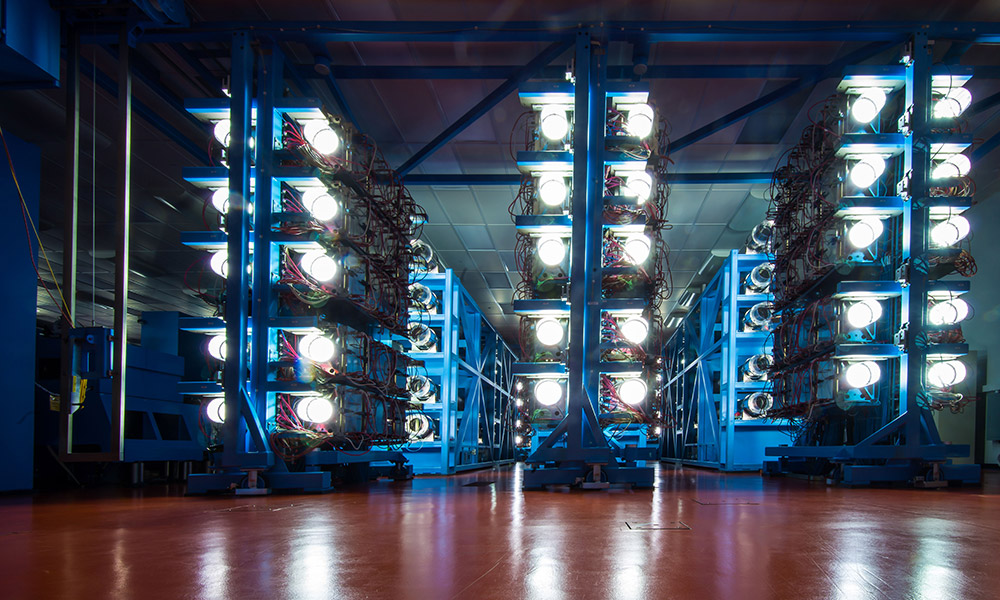
When laser beams meet plasma: New data addresses gap in fusion research
Rochester scientists at the Laboratory for Laser Energetics and their colleagues in California and France have directly demonstrated for the first time how laser beams modify the conditions of a plasma.
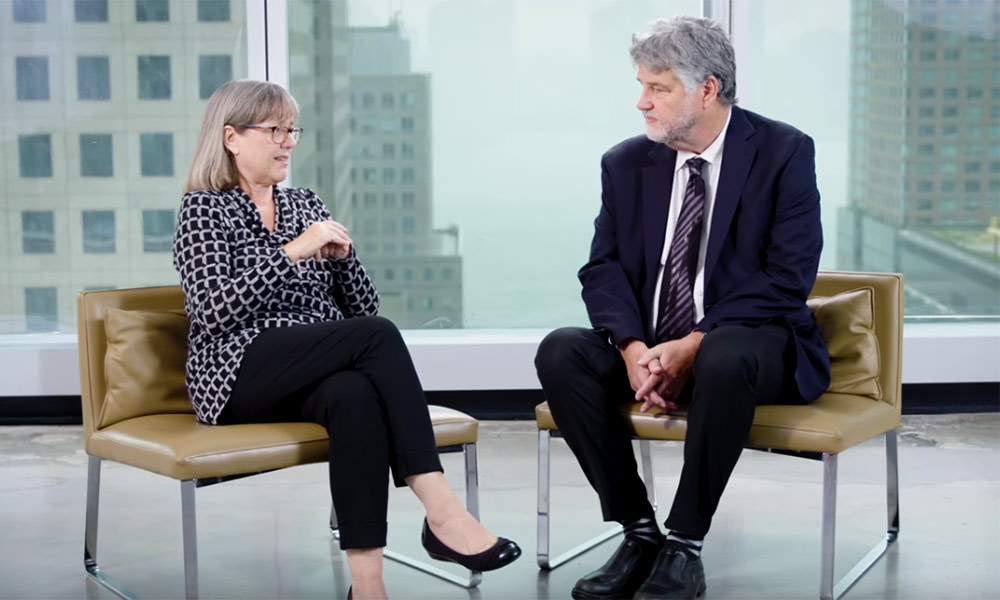
‘Lasers are everywhere’
In a video for WIRED University alumna and Nobel Prize recipient Donna Strickland ’89 (PhD) explains the inner-workings of lasers to five different people: a child, a teenager, a college student, a graduate student, and, finally, to an expert: Mike Campbell, director of the Laboratory for Laser Energetics.
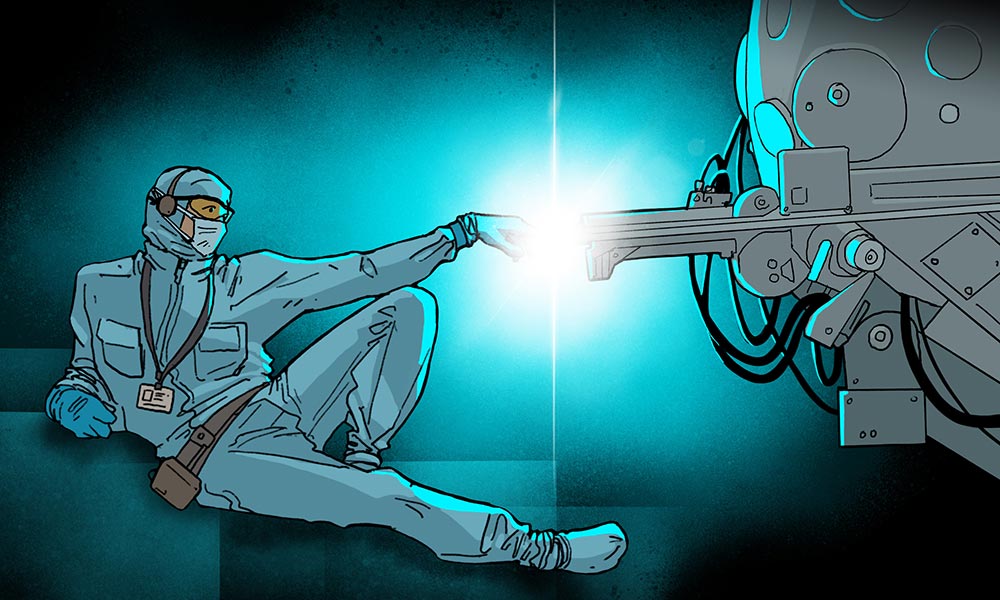
What is fusion, and why is it so difficult to create?
“All the stars, including the sun, are powered by fusion. We are here because of fusion. But fusion is really hard to create,” says E. Michael Campbell, director of the Laboratory for Laser Energetics.
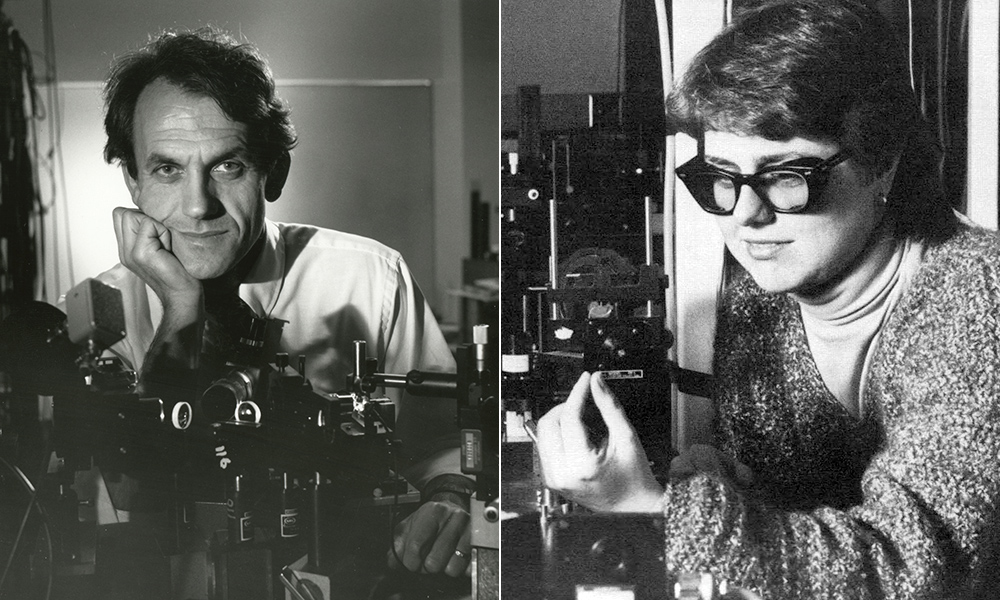
Rochester breakthrough in laser science earns Nobel Prize
University of Rochester doctoral graduate Donna Strickland ’89 (PhD) and former optics faculty member Gérard Mourou shared the Nobel Prize in Physics today for work they undertook at the University’s Laboratory for Laser Energetics. Their breakthrough paved the way for the creating very short and very intense laser pulses now used in a variety of applications, from LASIK eye surgery to the manufacturing of materials used in cell phones.
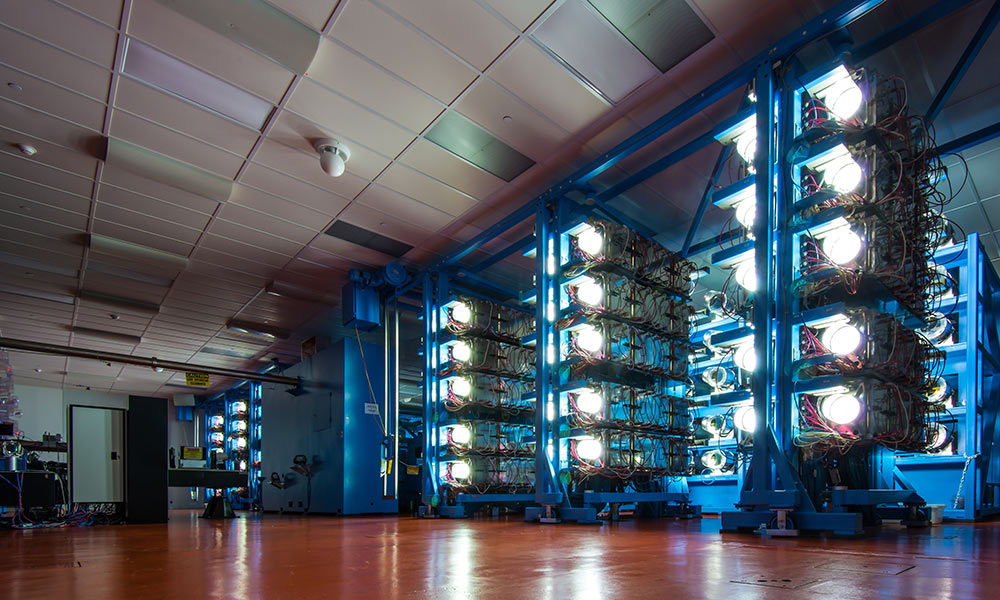
A first for direct-drive fusion
Experiments have created the conditions capable of producing a fusion yield that’s five times higher than the current record laser-fusion energy yield. The new work represents an important advance in a long-standing national research initiative to develop fusion as an energy source.
